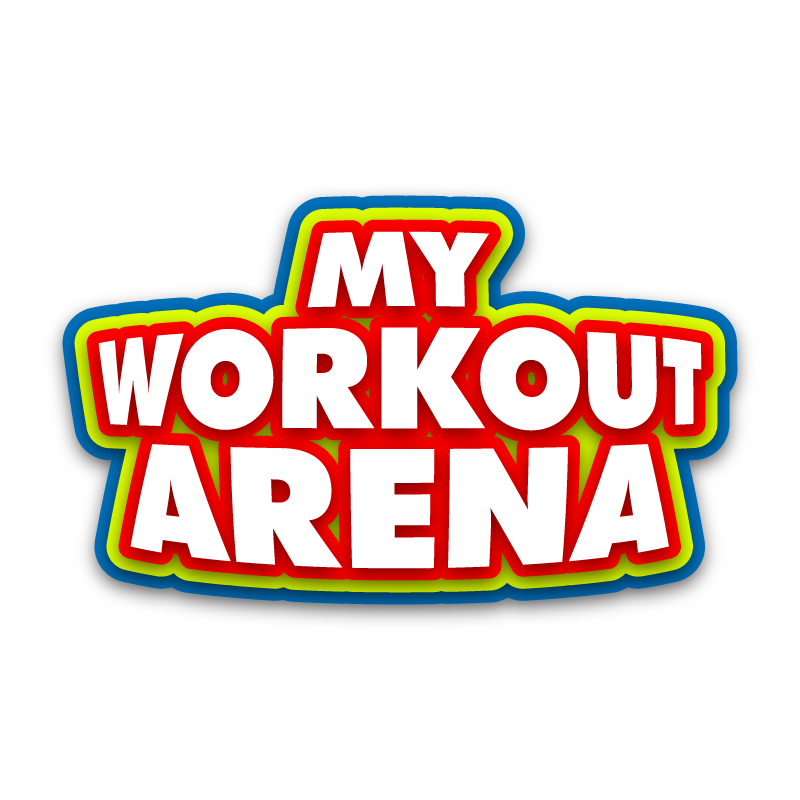The Proper Position for Receiving the Bar in the Snatch
In the snatch, as was noted in the detailed analysis of snatch technique earlier in this chapter, the torso of the lifter typically assumes a nearly upright position while in the deep squat. However, in the snatch some lifters assume a position in which the body is inclined forward more than in the clean. This reduces the height to which the bar must be pulled relative to an upright position and tends to give the lifter a little greater ability to maintain his or her balance in a forward and backward direction while in the bottom position. An important factor in bar control in the full squat snatch is adequate rigidity in the arms and shoulders. Such rigidity is fostered by correct shoulder position and proper pressure against the bar. Most lifters will find that a strong support position is facilitated and stress on the elbow joint is minimized if the arms are rotated at the shoulders so that the crook of the elbows points somewhat forward and not directly upward while the lifter endeavors to bring the shoulder blades together. Proper tension in the arms and shoulders is essential both for controlling the bar and protecting the joints of the shoulders and elbows. If the muscles are relaxed, the bar can be dropped unnecessarily (even after it has achieved the proper bar height and speed for it to be caught by the lifter in the low position). If the lifter tries to extend the elbows too much or rotates the arms in too extreme a fashion, undue strain can be placed on the elbow and/or shoulder joints. The way to maintain proper tension is to think of pushing up on the bar somewhat with the arms and shoulders and to think of stretching the bar (pulling on it in a sideways direction). This simple act brings the arms, shoulders and trapezius muscles of the upper back into a well coordinated balance of tension. The result is that the pressure of the bar is distributed over more muscles and less stress is placed on any single area. If, despite the above advice, the lifter experiences undue strain in the elbows or shoulders, different relative tensions of the aforementioned muscle groups and positions involving greater or lesser rotation of the arms should be tried
While proper positioning of the foot is an important prerequisite for receiving the weight of the bar effectively in the snatch, it is of even greater importance in the clean. This is because the bar weighs more and has fallen further by the time the lifter is able to catch it in the clean. Therefore, the subject of proper foot positioning in the squat position is covered in detail in the section on receiving the bar in the clean. When reading that section, it should be remembered that the same basic principles apply to the snatch as well as the clean, except that because standing up from the full squat position in the snatch rarely tests the leg strength of an athlete (but it often does so in the clean) the lifter can go lower in the snatch (e.g., using a wider foot stance and/or simply squatting lower) than he or she does in the clean.
Trade-free fitness at www.myworkoutarena.com


Comments
No comments yet. Be the first to react!